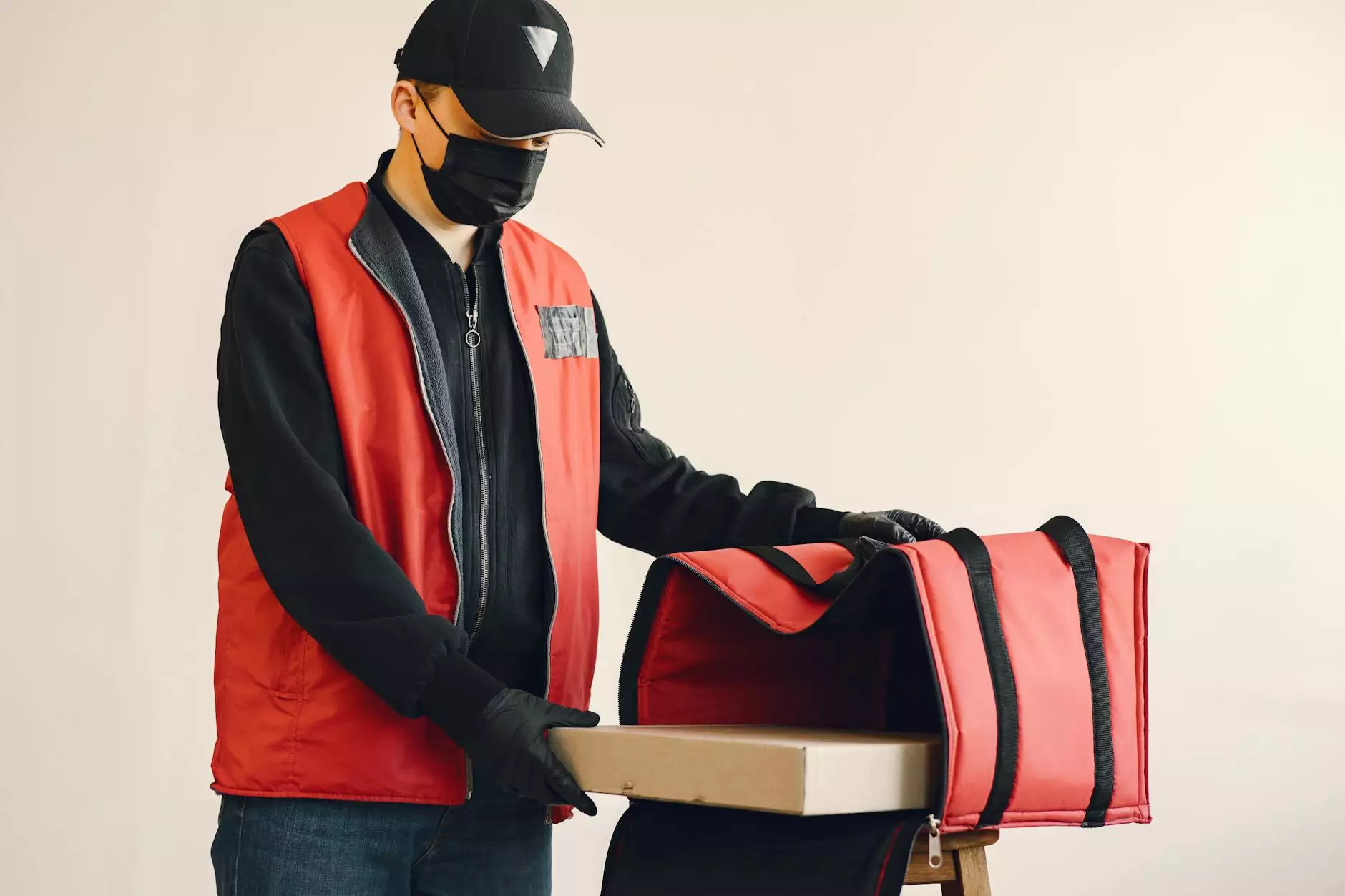Understanding Microsoft Remote Desktop: A Secure Solution for Modern Business

In today's fast-paced digital world, businesses are increasingly relying on remote access solutions to enhance productivity and facilitate work-from-home arrangements. One of the leading tools in this domain is Microsoft Remote Desktop, known for its intuitive interface and powerful features. This article delves into why Microsoft Remote Desktop is considered a secure choice for businesses looking to optimize remote work environments.
The Growing Importance of Remote Access
As businesses continue to adapt to the changing landscape of work, the demand for remote access solutions has skyrocketed. The rise of the gig economy and global teams has made it essential for businesses to provide employees with secure and streamlined ways to access their work environments from anywhere.
Key Features of Microsoft Remote Desktop
Microsoft Remote Desktop offers a myriad of features designed to enhance user experience while maintaining robust security measures. Here are some key features:
- User-Friendly Interface: The application is designed with a clean and intuitive layout, making it easy for users of all tech levels to navigate.
- Multiple Device Support: Access your workspace from Windows, Mac, iOS, and Android devices, ensuring seamless connectivity regardless of the device used.
- Flexible Connectivity: Microsoft Remote Desktop allows for various network configurations, whether using VPN, DirectAccess, or other methods.
- High-Definition Streaming: Users benefit from support for high-quality audio and video streaming, making it a superior choice for presentations and online meetings.
- Clipboard Synchronization: Seamlessly copy and paste content between local and remote machines, enhancing workflow efficiency.
Why Security is Paramount in Remote Desktop Solutions
With remote work comes the responsibility of safeguarding sensitive company data. Businesses must prioritize security to protect against threats like data breaches and cyberattacks. Here's how Microsoft prioritizes security:
Built-in Security Features
Microsoft Remote Desktop encompasses numerous built-in security features that help protect corporate networks:
- Encryption: All data transmitted via Microsoft Remote Desktop can be encrypted with the latest protocols, ensuring that sensitive information remains protected during transit.
- Network Layer Authentication (NLA): This feature requires authentication before a remote desktop session is established, adding an additional security layer.
- Access Control: Administrators can set user permissions and restrict access to sensitive files and applications to enhance security.
- Two-Factor Authentication: Implementing two-factor authentication (2FA) significantly reduces the risk of unauthorized access.
Best Practices for Using Microsoft Remote Desktop Securely
While Microsoft Remote Desktop incorporates various security features, following best practices is essential for maximizing security:
- Regular Updates: Keep your Microsoft software updated to ensure you have the latest security patches and features.
- Strong Password Policies: Enforce strong password policies to minimize risks associated with stolen or weak passwords.
- Limit User Access: Only provide remote access to employees who absolutely need it; this reduces potential vulnerability points.
- Monitor Activity: Regularly monitor remote access logs to identify unusual activity or potential security threats.
- Use a VPN: A virtual private network (VPN) can add an extra layer of security when accessing the remote desktop from outside the corporate network.
Setting Up Microsoft Remote Desktop: A Step-by-Step Guide
Implementing Microsoft Remote Desktop requires careful configuration to ensure security and usability. Follow these steps to set it up effectively:
1. Preparing Your Environment
Before you initiate the setup, ensure that the remote computer is accessible and configured to allow remote connections. This involves:
- Enabling Remote Desktop on the target computer via System Properties.
- Configuring Windows Firewall to allow Remote Desktop traffic.
2. Setting Up User Accounts
Create user accounts for employees who need remote access. Ensure that each user has a unique login and implement access control measures.
3. Configuring Security Settings
Maximize security by implementing the best practices mentioned earlier. Configure two-factor authentication and ensure all connections use encryption.
4. Testing the Connection
Before rolling it out to all users, test the setup with a small group to identify any issues or areas of improvement.
Common Challenges and Solutions
Implementing remote desktop solutions can come with its set of challenges. Here’s how to address some common issues:
1. Lag and Connectivity Issues
If users experience lag or connectivity issues, consider the following solutions:
- Evaluate network bandwidth and upgrade if necessary.
- Ensure that connection settings are optimized for performance.
2. Security Concerns
To address security concerns, constantly educate employees about phishing threats and safe online practices.
3. User Troubleshooting
Provide users with a clear troubleshooting guide to address common issues they might face while using the remote desktop.
The Future of Remote Desktop Technology
As technology evolves, so too does the capability of remote desktop solutions. Microsoft Remote Desktop is paving the way for more secure, flexible, and efficient remote work environments. Anticipated advancements include:
- Enhanced AI Integration: AI-driven functionalities to automate administrative tasks and improve user experiences.
- Improved Mobile Access: Further refinements to mobile remote desktop applications to enhance usability on smart devices.
- Increased Customization: More options for businesses to customize remote desktop experiences to fit their unique workflows.
Conclusion
In conclusion, Microsoft Remote Desktop secure solutions are integral for modern business operations, providing seamless and safe remote access to critical resources. By prioritizing security, following best practices, and staying informed about the latest features, businesses can leverage this powerful tool to improve productivity and enhance work environments.
For companies like rds-tools.com operating in the realms of IT services, software development, and computer repair, effectively utilizing Microsoft Remote Desktop can be a game changer. It enables teams to collaborate more effectively and work from various locations without compromising on data security. Embracing the robust capabilities of Microsoft Remote Desktop is not just a trend; it’s a strategic move toward a more productive and secure future.









